Lawn care winter garden is challenging because the grass grows slowly and prep for spring planting must be done. Also, preparing your garden for winter months might seem hard, but with the right steps, anyone can have a nice outdoor space. The important thing is knowing what your garden needs when it’s cold. Taking care of your lawn in winter is important for a strong garden that looks great again in spring. Here are some tips for making a strong and pretty winter garden for your lawn.
Lawn Care Winter Garden Maintenance Tips
Winter lawn care tips are essential for maintaining a healthy lawn during the cold winter months. Make sure to rake leaves and other debris from your lawn, trim trees and shrubs, and fertilize your lawn. Lastly, apply a layer of mulch to help protect the roots of your plants from cold weather.
Here are ten essential tips for creating and maintaining a Lawn care winter garden.
Tip No 1:
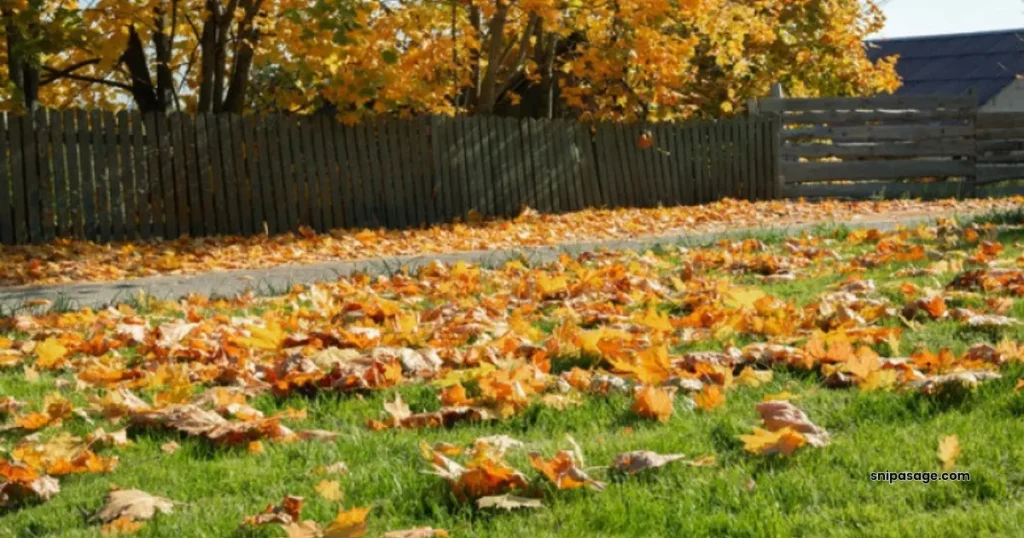
Preparation before winter:
Before winter sets in, clean up your garden. Remove dead plants, trim overgrown ones, and tidy up the space. Rake leaves and other debris, and prune trees and shrubs.
Mulch flower beds and garden paths to reduce soil erosion and retain moisture. Plant hardy, cold-tolerant plants such as evergreens, perennials, and bulbs.
Tip No 2:
Fertilizing and Aerating Your Lawn:
Soil helps air, water, and nutrients reach the roots. Also, add fertilizer to nourish the soil and promote plant growth. Monitor the soil’s pH to make sure it is within the correct range.
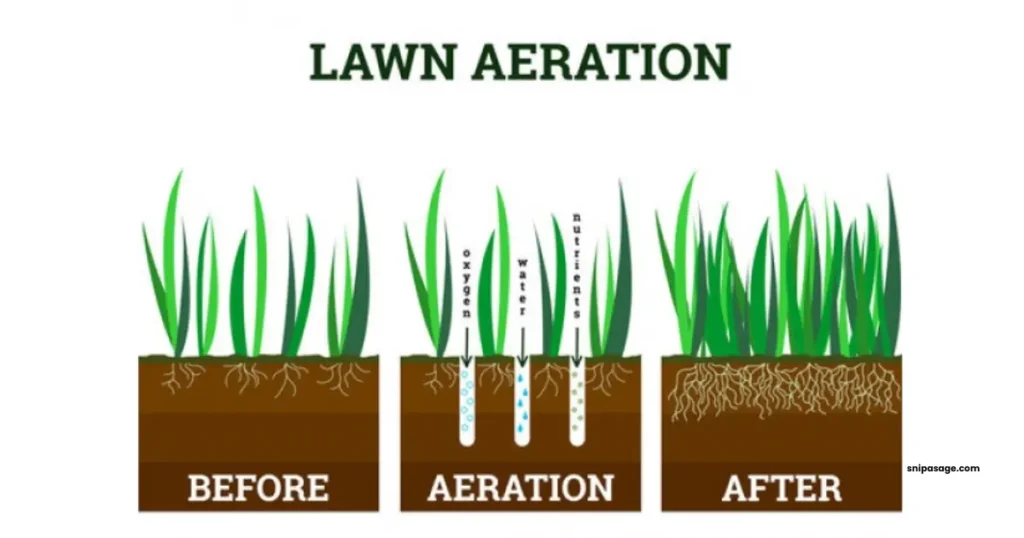
Test the soil’s fertility and adjust as needed. Lastly, water the soil regularly to make sure moist but not soggy.
Tip No 3:
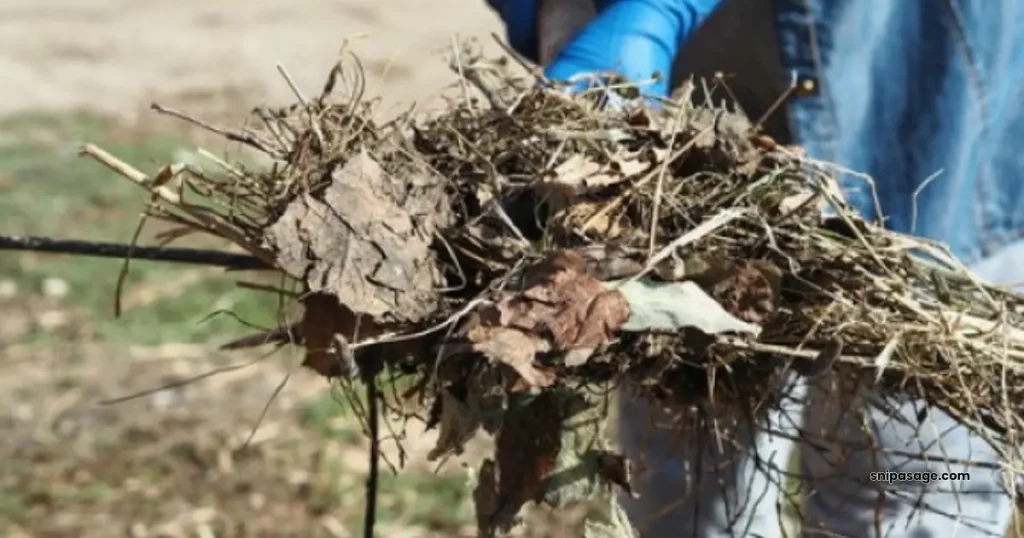
Clear up Any Leaves or Debris:
Leaves and other things that fall on your lawn can cause problems. Cleaning them up regularly stops issues like mold and keeps your garden tidy. Getting rid of this stuff also stops pests from living in your garden. Make sure to throw away any debris properly, and don’t leave it on the grass roots.
Tip No 4:
Trim and Mow Your Lawn Garden:
Before winter, give your plants a good trim, and mow the lawn shorter than usual. This prevents diseases. Remove any debris, such as fallen leaves, from the garden. Rake the soil and add a mulch layer of organic material to help retain moisture and protect the roots of the plants.

I use a lawn mower blade to keep my yard neatly trimmed during the winter months. Fertilize the plants with a slow-release fertilizer to help give them the nutrients they need to survive the winter months.
Tip No 5:
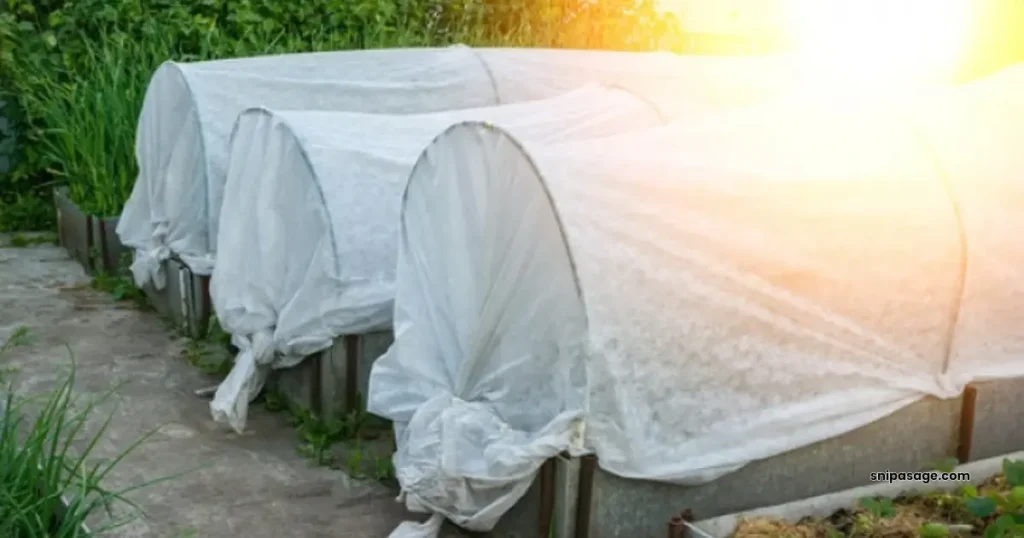
Protect Your Plants:
Protect sensitive plants from the cold by covering them with burlap or special wraps. You can also use plastic bins or containers to make a simple greenhouse for plants. Keep the containers damp and make sure the temperature stays the same. It’s important to check regularly to make sure the plants aren’t getting too cold.
Tip No 6:
Prune and Water:
Cut off any dead or hurt branches to help your plants grow well. Also, give your plants water, but be careful not to use too much, especially when it’s cold. Water them when the soil feels dry, and check how much water is there regularly.

If it’s hot, your plants might need more water. If you have a drip system, make sure it’s working right.
Tip No 7:

Secure Garden Structures:
Check if any garden structures, like trellises or fences, need fixing. Make sure they are secure to withstand winter weather. If needed, repair or replace any loose boards or posts.
Check for any holes or gaps that pests or wildlife could exploit. I prefer to plant cool-season turf on my lawn because it thrives during the fall and spring months.
Tip No 8:
Consider Setting up a Path:
If there’s heavy snowfall, create a path to prevent compacted snow, which can harm your lawn. This makes it easier to navigate your garden. Make sure to clear the snow off the path regularly to prevent it from becoming too slippery.
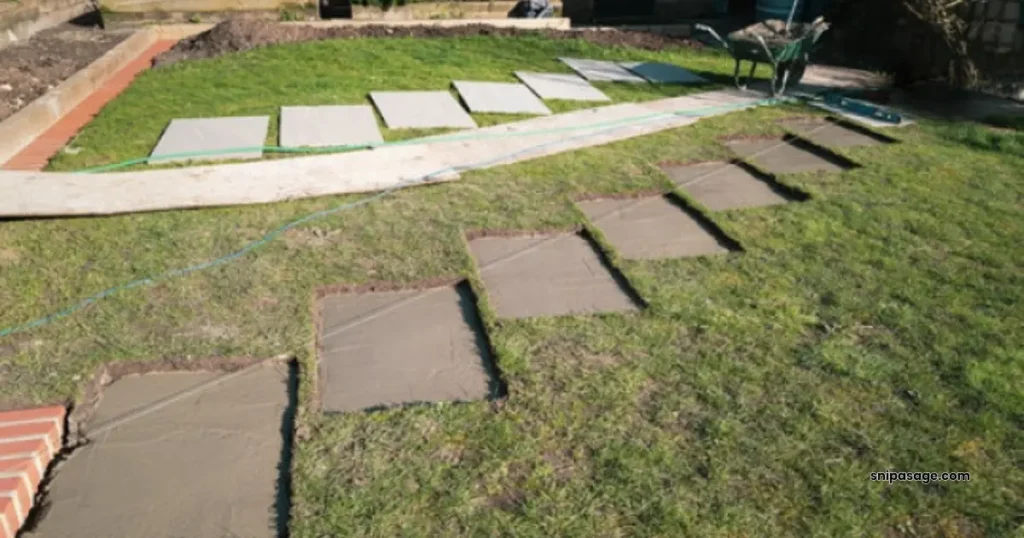
Shovels and snow blowers can be used to clear the pathway. Additionally, it would help if you used salt or other de-icing agents to help melt the snow and prevent it from refreezing.
Tip No 9:
Keep Your Lawn Tidy:
Regularly rake the lawn to remove debris. This helps the grass breathe and prevents issues like snow mold. You should also mow your lawn regularly, keeping it short.
Trimming edges with shears keeps the lawn looking neat. Finally, apply fertilizer and lime as needed.
Tip No 10:
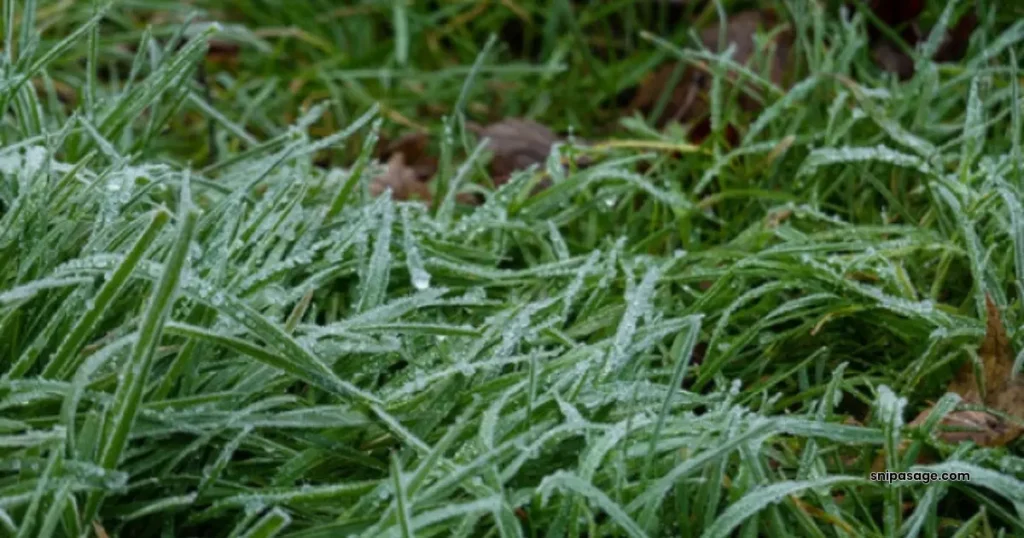
Stay off The Grass:
During winter, try to avoid walking on the frozen grass. This prevents compaction, which can harm the grass. Compaction can also lead to decreased oxygen in the roots, further damaging the grass. Walking on frozen grass can cause it to crack and break, leading to uneven surfaces.
You usually don’t need to cut the grass in winter since it’s not actively growing during the colder months. With these tips, you can nurture your Lawn care winter garden. Each step ensures your garden stays healthy and ready for the upcoming spring.
Tip No 11:
Don’t Pile Salty Snow on Your Grass:
Don’t put salty snow on your lawn. Salt can hurt your lawn and other plants. It can also get into the water underground and harm the environment. Because of salt, grass can become weak and dry.
It can also affect nearby water sources. Instead, use a snowblower or shovel to remove the snow.
Tip No 12:
Pest Control:
Lawns and gardens should be inspected regularly for signs of pests such as aphids, mites, and beetles. These pests can cause damage to the plants by sucking the juices out of the leaves and stems and can spread lawn disease to other nearby plants. To prevent this, you can use insecticides or other pest control methods.
Tip No 13:
Planning for Spring:
- Once the snow has melted and the ground has thawed, prepare your garden for spring.
- Plant perennials and bulbs.
- Start by clearing out any leaves and debris that are collected over the winter.
- Prune any dead branches and trees.
- Fertilize the lawn and add some mulch to help retain moisture.
Importance of Lawn Care of your Winter Garden

Your plants and grass deal with winter challenges like frost, snow, and dry air. A well-kept winter garden looks good and helps your plants stay healthy. Regular care protects them from possible harm and prepares your garden to bloom in spring.
A lawn care winter garden is like laying a strong foundation for a garden that can handle the cold. Now, let’s talk about the benefits of looking after your Lawn care winter garden.
Lawn Care in Winter Benefits
Taking care of your lawn in winter can keep it safe from damage caused by snow and ice and help it grow well in the spring. Using fertilizer regularly and removing thatch in the fall can make sure your lawn is ready for the winter months. Such as:
1. Healthy Plants:
Lawn care of your garden in winter helps your plants grow strong and stay healthy. Plants need sunlight and warmth to grow, so keeping them out of the wind and cold is important. Mulching also helps to keep the roots warm and the soil moist. Regular pruning helps to keep plants from becoming overcrowded and encourages growth.
2. Pretty Garden:
To keep your garden healthy and nice, you can cut off dead branches, trim back plants, put mulch, and add fertilizer. You can also plant strong winter plants, like evergreens, to make your garden look pretty and interesting.
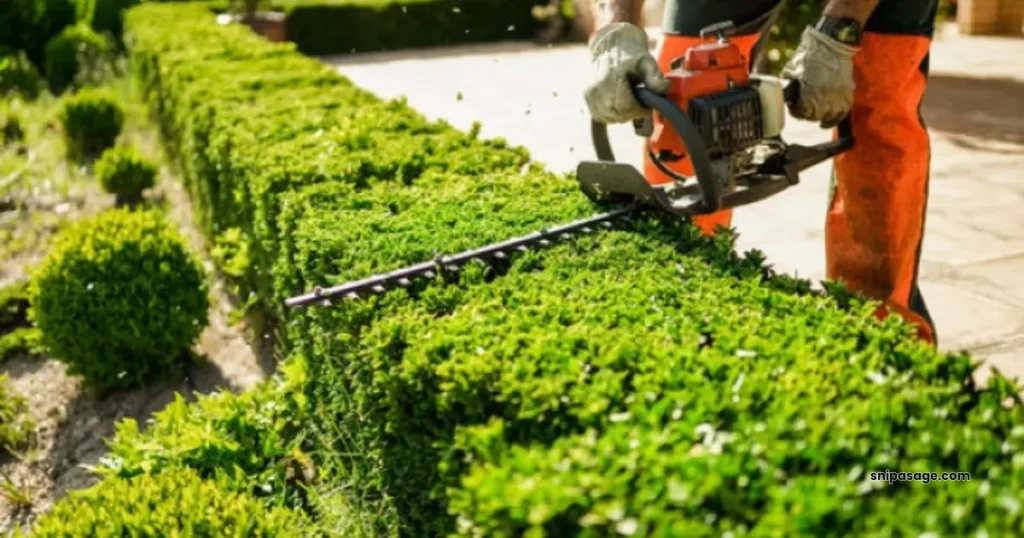
3. Protection from Damage:
Taking good care of your plants protects them from winter damage, keeping them healthy. This means giving them enough food and water and cutting off any branches that are damaged or sick. It’s also important to check them regularly for signs of sickness or bugs. If you find any problems early, you can fix them and help your plants make it through the winter.
4. Ready for Spring:
Spring is the perfect time to prepare your garden for planting. You can clean the garden, remove weeds, and prepare your soil for planting. You can also start to plan your garden, selecting the type of plants you want to grow and where you want to put them.
Knowing these good things explains why spending time in your winter garden is a good idea. A well-kept lawn looks good and can help with air and noise pollution. It also brings in helpful bugs like pollinators, ensuring your garden grows well in the spring.
Summing Up
Making a solid and pretty garden in the cold months is possible with the correct care. Adapting these lawn care winter garden tips will ensure you a healthy and vibrant garden in the north, south, or between. You can also checkout these tips to make your garden beautiful this winter.
Please get to know what your garden needs, start preparing beforehand, and do the steps we discussed. If you do this, you’ll see your winter garden become lively and beautiful once spring comes.

